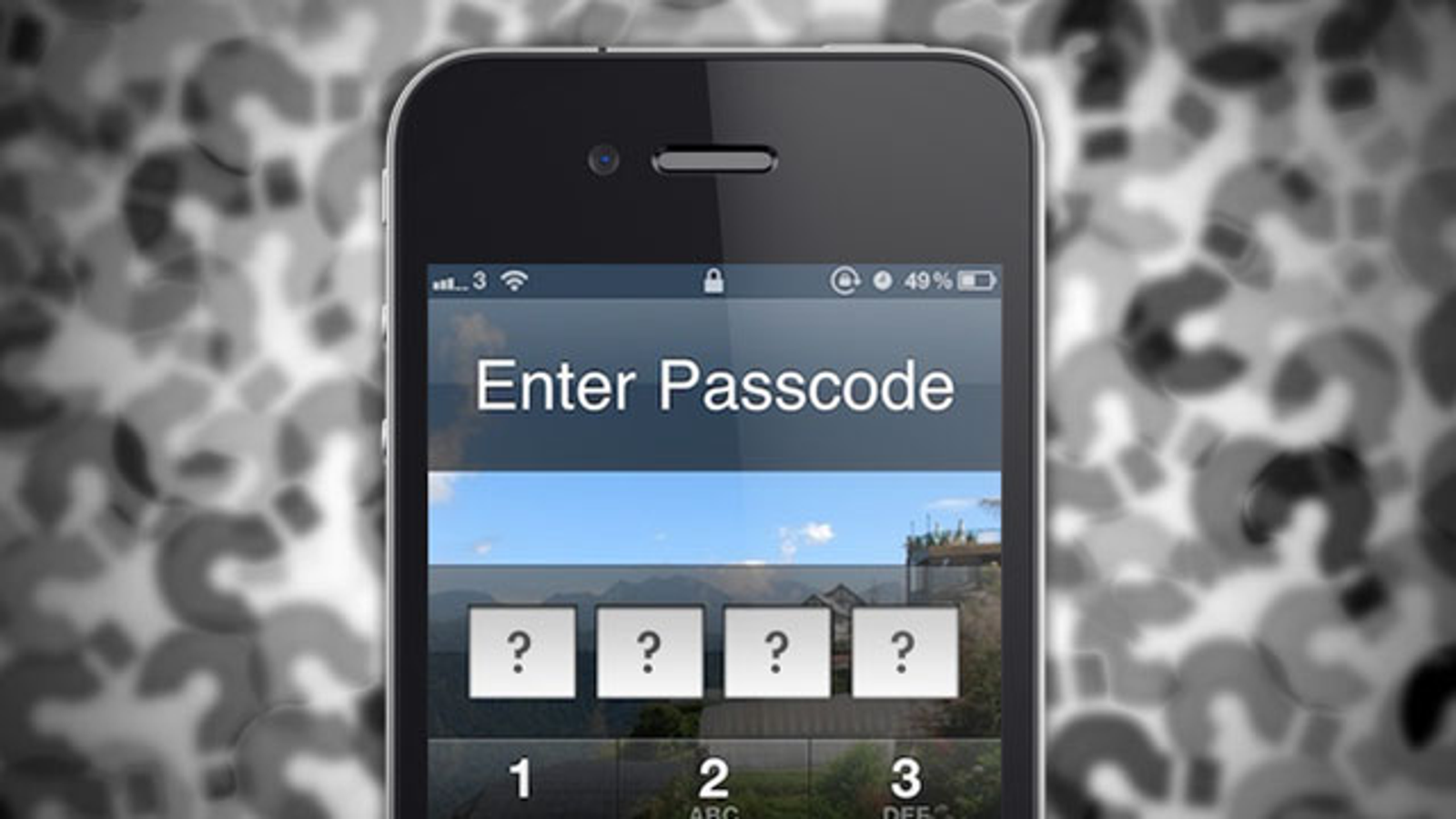
Cellular devices will reconnect to a cellular network if you have active service. If you restart your device when you see "Security Lockout" on the Lock Screen, you won't be able to reconnect to a Wi-Fi network until your device is unlocked. The iPhone should begin wiping itself, then follow the instructions to restore it and set a new passcode. While the auto-wipe keeps the device associated with you, this method does not. Then, enter your Apple ID password, which signs you out of your Apple ID. When the first 15-minute lockout occurs, there will be a button on the screen to "Erase iPhone." Tap that, and tap it again to confirm. However, if you're running iOS 15.2 or later, you don't have to wait for all 10 failed attempts to erase your iPhone and restore it. After 10 failed attempts: erases device automatically.


If you enter the same wrong passcode more than once, subsequent tries do not count toward the limit. Before it wipes anything, it will lock you out for one minute after the fifth failed attempt. While 10 tries may sound like a few seconds of work, it's a little more involved than that. That way, you can wipe and restore your iPhone from anywhere, then set a new passcode. It's not very convenient, but it's a good option if you back up to iCloud. You can use this method to either start fresh or restore your iPhone with a backup. When it auto-wipes the data, it does not remove the association with your Apple ID, so only you can restore the device and not any thieves. However, consecutive attempts of the same incorrect passcode will not count. With the switch turned on, iOS will erase the device automatically after the 10th failed passcode attempt. While disabled by default, if you go to "Face ID & Passcode" or "Touch ID & Passcode" in your iPhone's Settings app, there's an option to "Erase Data" after 10 failed passcode attempts.

Or perhaps someone with access changed the passcode as a prank. Have you ever been locked out of your iPhone? Maybe you forgot your passcode.


 0 kommentar(er)
0 kommentar(er)
